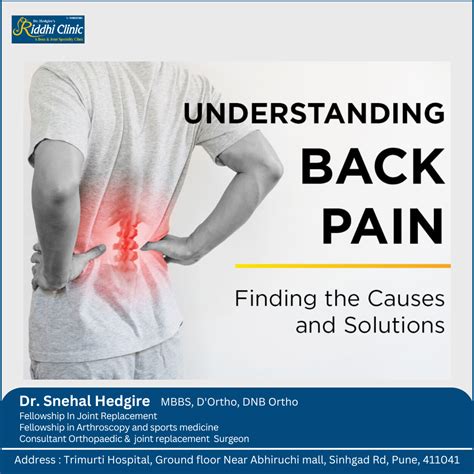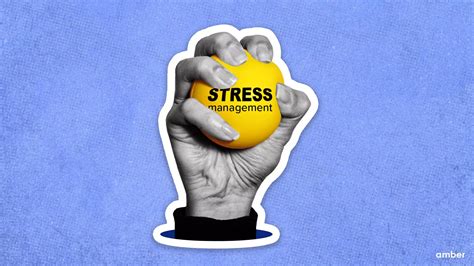Intro
Ease back pain with 5 simple methods, including exercises, stretches, and lifestyle changes, to alleviate chronic lower back pain, sciatica, and spinal discomfort, promoting a pain-free life.
Back pain is a common issue that affects millions of people worldwide, causing discomfort, limiting mobility, and impacting overall quality of life. The causes of back pain can be varied, ranging from poor posture and muscle strain to underlying medical conditions such as herniated discs or spinal stenosis. Regardless of the cause, finding effective ways to ease back pain is crucial for maintaining productivity, enjoying daily activities, and ensuring long-term spinal health. Understanding the importance of addressing back pain, this article delves into comprehensive strategies and techniques designed to provide relief and promote a healthier back.
The impact of back pain extends beyond the physical realm, often affecting mental health and wellbeing. Chronic back pain can lead to anxiety, depression, and a decrease in overall satisfaction with life. Moreover, it can hinder the ability to perform routine tasks, participate in favorite hobbies, or even spend quality time with family and friends. Given these significant effects, it's essential to explore and implement methods that can help alleviate back pain, thereby improving both physical and mental wellbeing. By adopting a proactive approach to back health, individuals can take significant steps towards mitigating pain, enhancing mobility, and fostering a better quality of life.
The journey to easing back pain involves a combination of lifestyle adjustments, therapeutic interventions, and in some cases, medical treatments. It's about understanding the body's needs, making informed choices about health and wellness, and sometimes, seeking professional guidance. Whether through exercise, dietary changes, stress management, or other strategies, there are numerous pathways to reducing back pain and cultivating a healthier, more resilient spine. As individuals navigate these options, it's crucial to remain patient, persistent, and open to exploring different techniques until finding what works best for their unique situation.
Understanding Back Pain

Common Causes of Back Pain
Some of the most common causes of back pain include: - Muscle strain from overuse or injury - Poor posture that puts strain on the back muscles - Bulging or ruptured disks that press on nerves - Arthritis and other inflammatory conditions - Osteoporosis, which can lead to fractures in the vertebrae Understanding these causes can help in devising a plan to prevent future occurrences and manage current discomfort.Exercise and Physical Therapy

Types of Exercises for Back Pain
Some beneficial exercises for back pain include: - Pelvic tilts to loosen the muscles in the lower back - Knee to chest stretches to stretch the lower back and gluteal muscles - Cat-cow stretches for flexibility and to warm up the spine - Planks to strengthen the abdominal muscles and support the spine - Bridging to strengthen the back muscles and glutealsDietary Changes

Nutrients for Back Health
Key nutrients for back health include: - Omega-3 fatty acids for inflammation reduction - Calcium for bone strength - Vitamin D for bone health and immune function - Vitamin K for bone health and blood clotting - Magnesium for muscle relaxation and bone mineralizationStress Management

Stress Reduction Techniques
Some stress reduction techniques include: - Mindfulness meditation to focus on the present - Yoga for flexibility, strength, and relaxation - Deep breathing exercises to calm the mind and body - Progressive muscle relaxation to release physical tension - Journaling to process emotions and clear the mindMedical Treatments

Types of Medical Treatments
Medical treatments for back pain may include: - Medications such as NSAIDs for pain and inflammation - Muscle relaxants to reduce muscle spasms - Physical therapy for personalized exercise and stretching programs - Steroid injections to reduce inflammation - Surgery for severe cases such as herniated disks or spinal stenosisWhat are the most common symptoms of back pain?
+The most common symptoms of back pain include aching or stiffness in the back, sharp pain in the neck or back, chronic ache in the lower back, or pain that radiates down into the buttocks and legs.
How can I prevent back pain?
+Preventing back pain involves maintaining a healthy weight, exercising regularly, lifting properly, improving posture, and managing stress.
When should I seek medical attention for back pain?
+Seek medical attention if your back pain is severe, persistent, or accompanied by other symptoms such as numbness, tingling, or difficulty controlling bowel or bladder functions.
In conclusion, easing back pain is a multifaceted process that involves understanding the causes of pain, adopting lifestyle changes, and sometimes, seeking medical intervention. By incorporating exercise, dietary adjustments, stress management techniques, and when necessary, medical treatments, individuals can effectively manage back pain and work towards a healthier, pain-free life. It's essential to remain proactive, exploring different strategies until finding what works best for each unique situation. We invite readers to share their experiences, ask questions, and explore further resources to continue the journey towards back pain relief and overall wellness.
